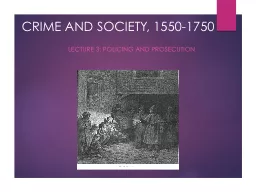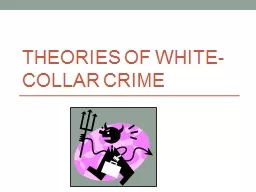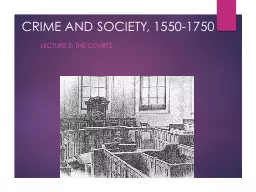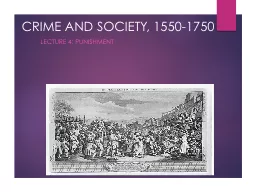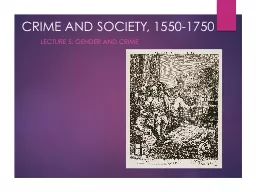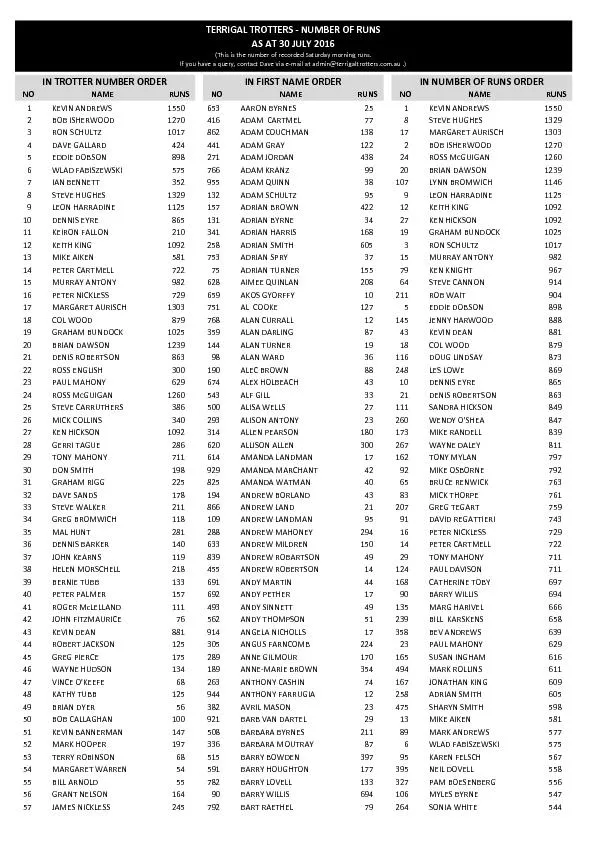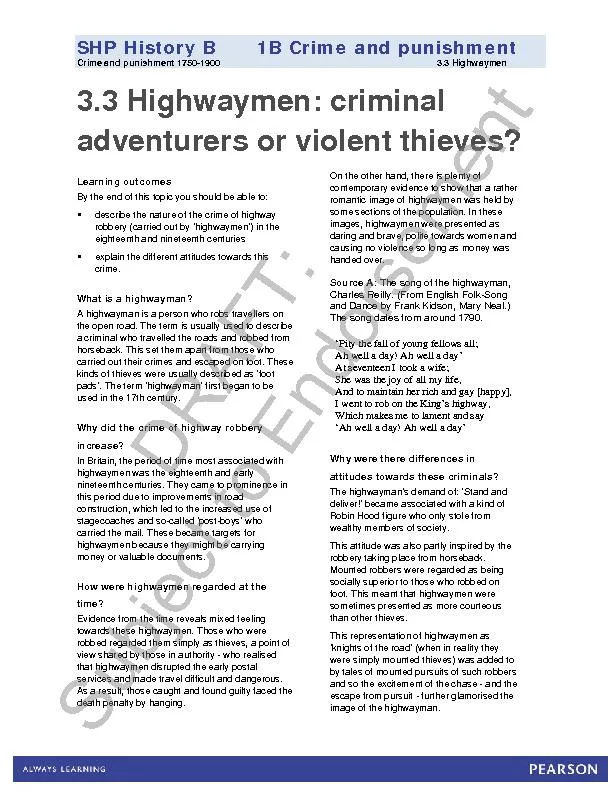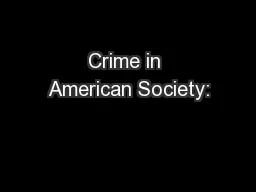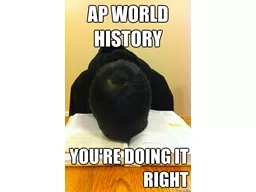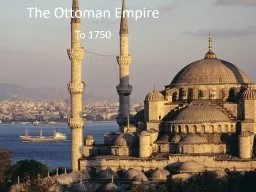PPT-CRIME AND SOCIETY, 1550-1750
Author : stefany-barnette | Published Date : 2016-04-20
Lecture 3 policing and prosecution Next Weeks reading Andrea McKenzie Martyrs in Low Life Dying Game in Augustan England Journal of British Studies Vol 42 2003
Presentation Embed Code
Download Presentation
Download Presentation The PPT/PDF document "CRIME AND SOCIETY, 1550-1750" is the property of its rightful owner. Permission is granted to download and print the materials on this website for personal, non-commercial use only, and to display it on your personal computer provided you do not modify the materials and that you retain all copyright notices contained in the materials. By downloading content from our website, you accept the terms of this agreement.
CRIME AND SOCIETY, 1550-1750: Transcript
Download Rules Of Document
"CRIME AND SOCIETY, 1550-1750"The content belongs to its owner. You may download and print it for personal use, without modification, and keep all copyright notices. By downloading, you agree to these terms.
Related Documents

